Radiesthesia, also known as Dowsing or Divination, is a field that explores the Science of using the vibrational (Bio-energetic) fields of the human body to access information about other objects of animate or inanimate nature. It involves the individual’s stability to perceive and interpret subtle energies. This practice has been linked to ancient traditions and is still relevant today, with its applications extending to VAstu and AyuredA. It has gained attention in the fields of architecture and interior design due to its Potential influences on human well-being and the overall design process. Radiesthesia is caused by the interaction between individuals and various energy fields present in their surroundings. These energy fields can come from electromagnetic radiations, geopathic stress, building materials, and even subtle energies emitted by living organism and objects around you.
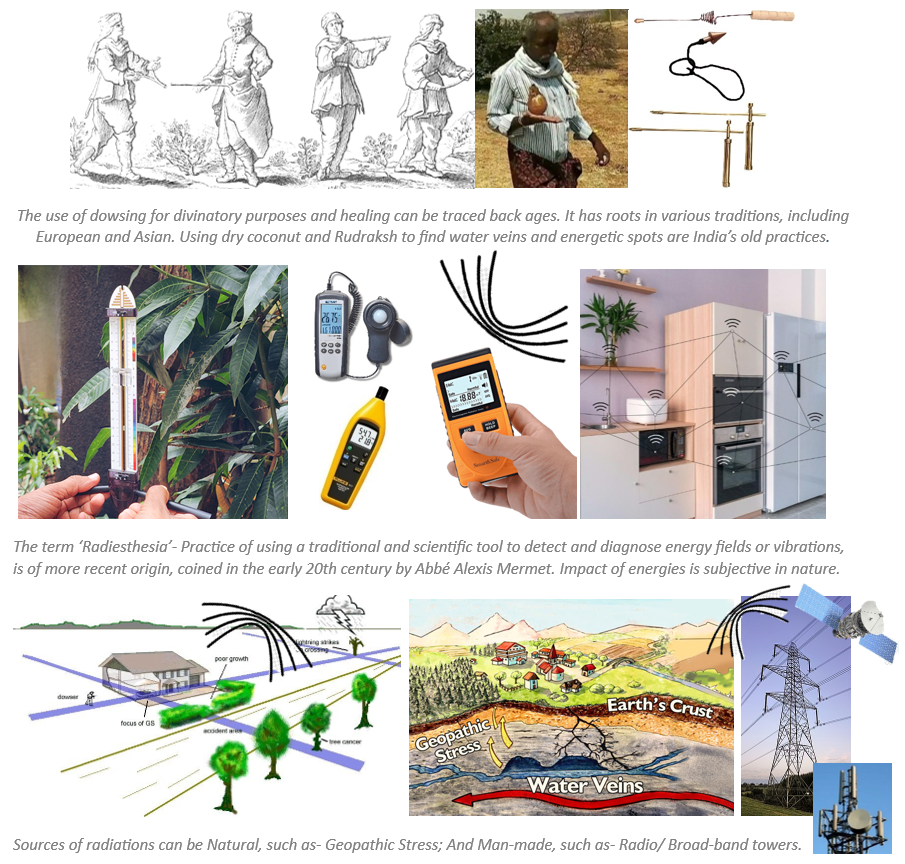
Roots in Tradition:
According to Ancient Indian Texts, we possess three bodies (Trayasharira):
Sthulasharira (outer physical body) - experienced in the wakeful state; Sukshmasharira (subtle aura) - experienced in the dream state; Kāraṇasharira (inner subtle consciousness) - experienced in meditative state and deep sleep. This is why in traditional practices, all three of these bodies were recognized and cared for. According to Adi Shankara, these aforementioned bodies are further subdivided into five layers or sheaths: Annamayakosha - gross physical body; Prāṇamayakosha - energy body composed of prana. Manomayakosha - thoughts and aspirations, corresponding to the mind. Vijñānamayakosha - discriminative intelligence, corresponding to buddhi. Anandamayakosha - representing bliss. An energetic movement occurs within the spaces surrounding us, and if we become aware and attuned, we can learn to perceive and interact with this energy. That is exactly when the activity of dowsing occurs.
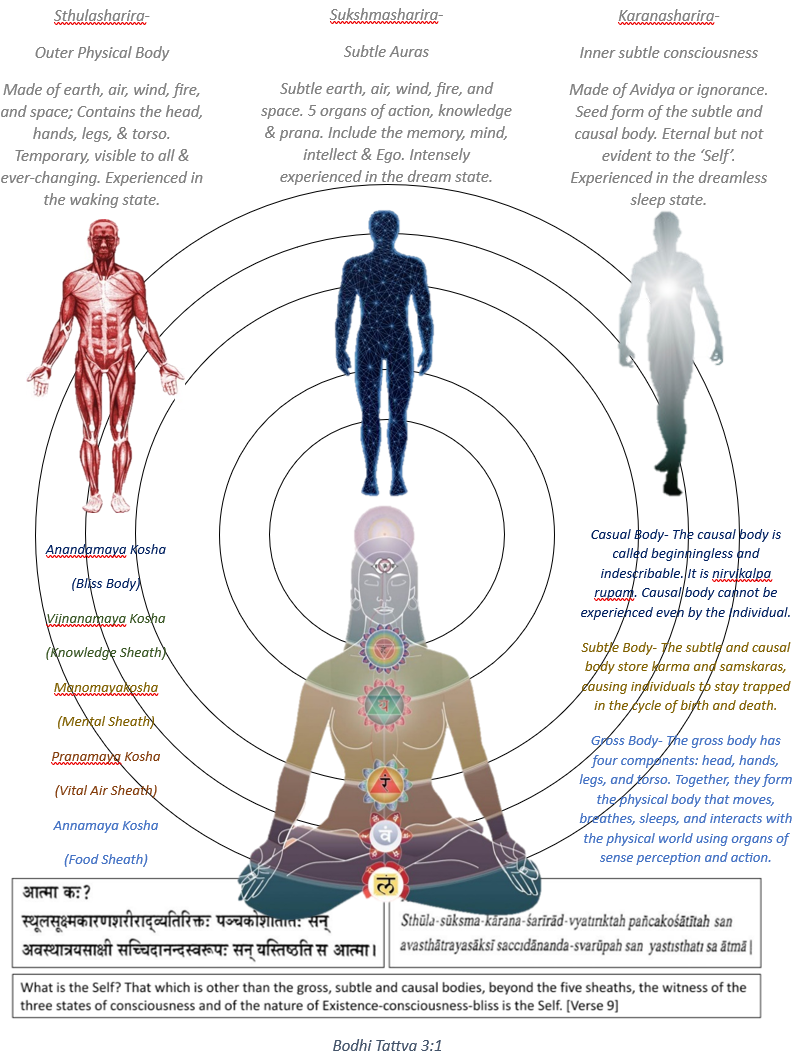
‘Negative Energy’ has been associated with several effects on individuals and their surroundings. Some individuals may experience physical symptoms such as headaches, fatigue, and insomnia when exposed to detrimental energy fields. This is caused by unseen incompatible radiations emitted from objects/ people/ electronics/ materials/ odors, etc. in an individual’s surroundings. Moreover, these incompatible energies can potentially influence the overall balance and harmony of a space, affecting human well-being, productivity, and emotional states. By understanding and addressing these effects, Architects and Interior designers can create healthier and more harmonious environments. When considering the design process in architecture and interior design projects, radiesthesia can offer valuable insights. By harnessing the vibrational fields of the human body, designers can access information about the energetic properties of materials, spaces, and environments. Integrating radiesthesia into the design process allows for a more holistic approach, ensuring that the energetic aspects of a space are considered alongside aesthetic and functional elements. This approach can contribute to Creating environments that promote well-being, balance, and harmony.

How to recognize symptoms for Radiesthesia Assessment?
Recognizing whether a site needs a radiesthesia assessment can be subjective and dependent on individual preferences and beliefs. However, here are some common indicators that may suggest the need for a radiesthesia assessment:
Health Issues: If there is a high prevalence of unexplained health issues among occupants or frequent complaints of poor sleep quality, lethargy, fatigue, or discomfort, it could be an indication of imbalanced energy fields in the environment.
Previous History: If the site has a history of negative or disruptive events, such as accidents, conflicts, or disturbances, it might be worth considering a radiesthesia assessment to understand the energetic impact of these events on the space.
Natural Factors: Sites located near geological fault lines, underground water veins, or areas with known electromagnetic disturbances (e.g., power lines or electrical substations) may benefit from a radiesthesia assessment to identify any potential energy imbalances.
Intuition or Sensitivity: Individuals who have heightened intuition or sensitivity to energy fields may have a sense that something feels off or unbalanced in a particular site. Trusting your intuition can be a valid reason to consider a radiesthesia assessment.
In today's world, we hardly ever come across talk about "healthy buildings." Instead, the topics revolve around "sick buildings and unhealthy architecture" – those Spaces that somehow manage to make their occupants feel anything but great. Those inexplicable symptoms pop up, leaving folks baffled and scratching their heads. But here's the kicker – most people have no clue what's causing it. It's like a mystery lurking in the walls of our homes or offices. In an era that claims to embrace scientific understanding, how can such situations remain unchecked? Houses and office structures continue to be erected in ways that cause health challenges. With each new occupant, the cycle begins anew – experiencing symptoms like asthma, allergies, and even more severe conditions. Over the past three decades, the number of People suffering from health issues due to indoor air quality has surged dramatically. The reasons are multifaceted, stemming from toxic building materials, products, artificial lighting, geopathic stress and subpar water quality. These elements are caused by man-made chemicals and the electro-magnetic radiations from ground, surrounding and cosmos.
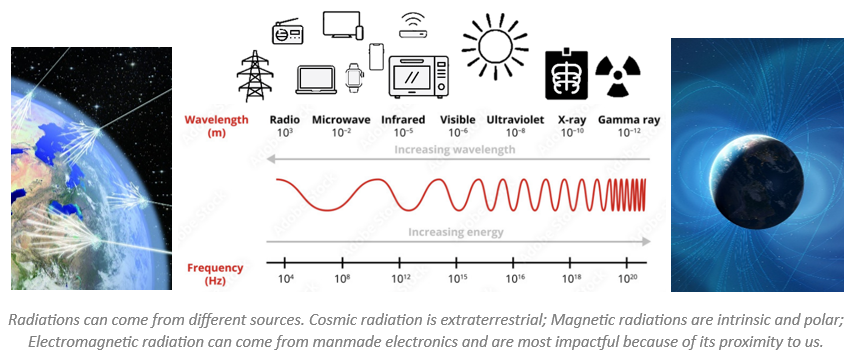
It's time to confront this issue head-on. In essence, it is the need of the hour as we surround ourselves with new electronic technology! And this matter needs to be examined in all built environments. In the realm of answers to such questions, a relatively novel discipline known as 'Geobiology' emerges (Traditional Indian Architectural Knowledge System). This field is a blend of art and science, endeavouring to not only delve into ancient building practices but also strengthen them with contemporary scientific revelations. Geobiology takes a fresh perspective to decipher the intricate ties between the local environment and the well-being of living organisms. It Amalgamates insights from other specialized scientific domains such as astrophysics and geophysics to geology, hydrology, biology, electronics, architecture, and even local and collective traditions. This collective approach breathes new life into age-old practices by harmonizing them with the latest discoveries in the scientific world. At Atelier J-0, we specialize in bringing balance to spaces to enhance mental comfort. Totally equipped with technical devices, We measure and then rectify negative energies without disrupting the existing structures. Our goal is to offer top-notch services, creating energetic zones that contribute to the well-being of all.
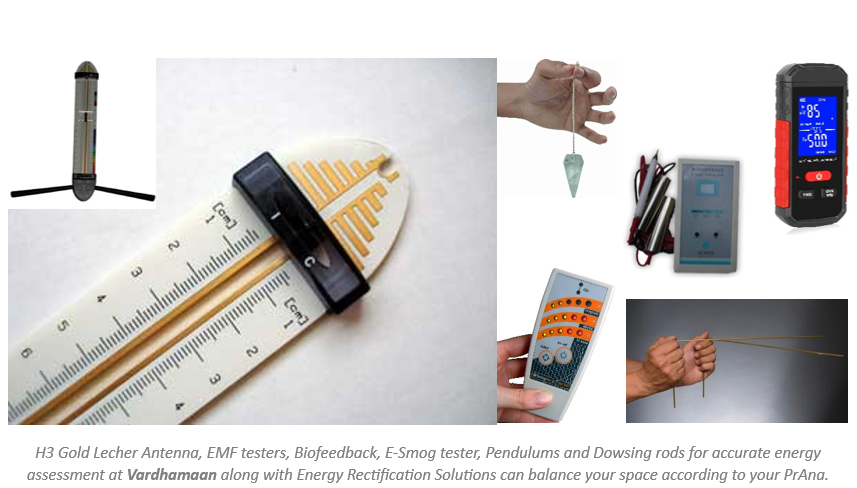
So, what are some basic solutions for Negative Energies?
To mitigate the potential negative effects of radiations, several strategies can be implemented in architecture and interior design projects:
Site Selection: Careful site selection can minimize exposure to detrimental energy fields. Avoiding areas with known geological faults or high electromagnetic radiation can help create a healthier environment.
Building Orientation: Proper orientation of buildings can maximize the utilization of beneficial energy fields, such as natural sunlight and positive earth energies. This can enhance the overall energy balance within the space.
Material Selection: Choosing materials with low electromagnetic radiation and geopathic stress levels can reduce the negative impact of energy fields. Conducting thorough research on materials before incorporating them into the design is crucial.
Minimizing Electromagnetic Fields: Designing spaces with reduced exposure to electromagnetic fields can help mitigate the negative effects of radiesthesia. This can be achieved through careful placement of electronic devices, shielding materials, and appropriate wiring techniques.
Addressing Geopathic Stress: Geopathic stress refers to the negative environmental influences emanating from the Earth. Designers can identify and avoid geopathic stress zones during the site selection and layout planning phases of a project.
Incorporating Biophilic Design: Biophilic design principles involve creating spaces that mimic natural environments, such as including natural lighting, plants, and natural materials. This approach has been shown to reduce stress, enhance creativity, and improve overall well-being.
Utilizing Artistic Stimuli: Artistic stimuli, such as thoughtful interior design elements, can positively influence individuals' perception and response to their environment5. Incorporating aesthetically pleasing and harmonious design elements can help create a more positive and supportive environment.
Integrating radiesthesia into the design process allows for a more holistic approach, ensuring that the energetic aspects of a space are considered alongside aesthetic and functional elements.
Radiesthesia is not merely a theory; it's a tangible force that influences individuals and their environments. Those exposed to detrimental energy fields might experience physical discomforts – headaches, fatigue, insomnia – triggering a cascade of imbalance. These disharmonious energies can compromise the equilibrium and serenity of a space, impacting well-being, productivity, and emotional states. Radiesthesia isn't just a concept – it's a dynamic force that shapes our surroundings and influences our experiences. By embracing its insights, architects and designers can navigate a more holistic design journey, where energy alignment is experienced alongside the satisfaction of aesthetics and functionality.
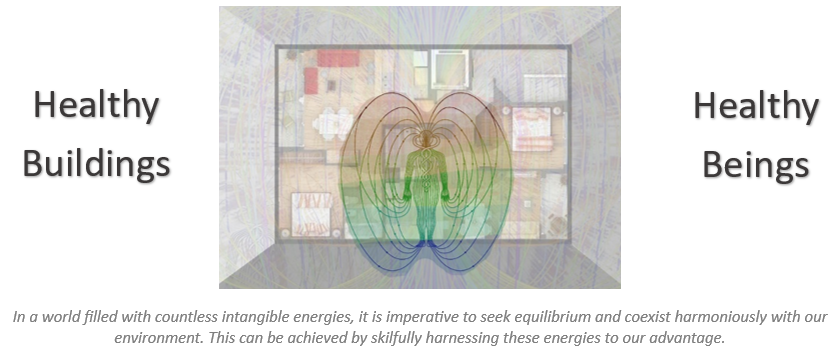
How we help the world!
Vardhamaan, led by architect Ar. Jenil Mota, P.G. in Traditional Indian Architectural Knowledge Systems (TIAKS) merges innovation with heritage. Under the mentorship of Ar. Mayank Barjatya, Ar. Shashikala Ananth, and Prof. Ar. Harimohan Pillai, I learned art of meditation, dowsing, and using modern energy measurement tools to assess bio-energetic qualities of sites, spaces, stakeholders and end-users. Additionally, my studies delved into traditional methods of managing energies, drawing insights from ancient texts and scholarly illustrations at MIT-ADT SOA, during my Masters programme. Vardhamaan’s sustainable projects embody architectural excellence, blending tradition and innovation seamlessly. Through insights from ancient texts, enabling sustainable designs that resonate culturally. Ar. Jenil Mota fosters a holistic approach, producing designs that seamlessly integrate rich heritage into contemporary projects, forging a harmonious balance between tradition and innovation.